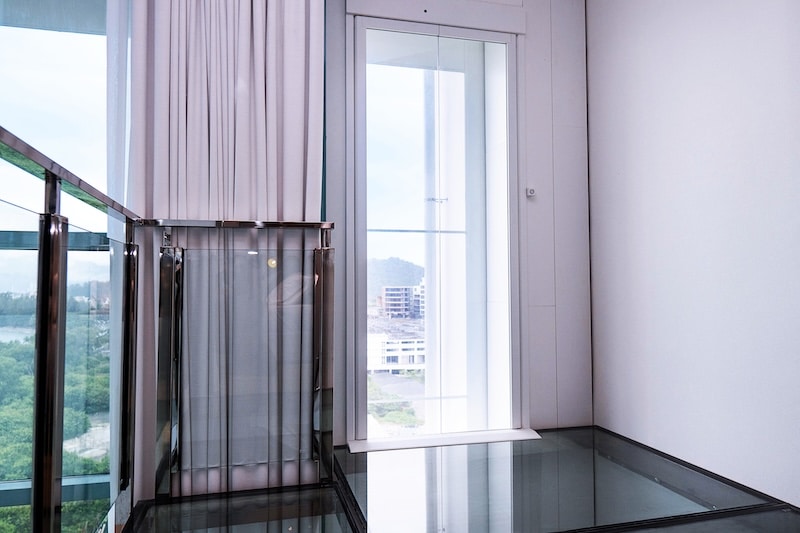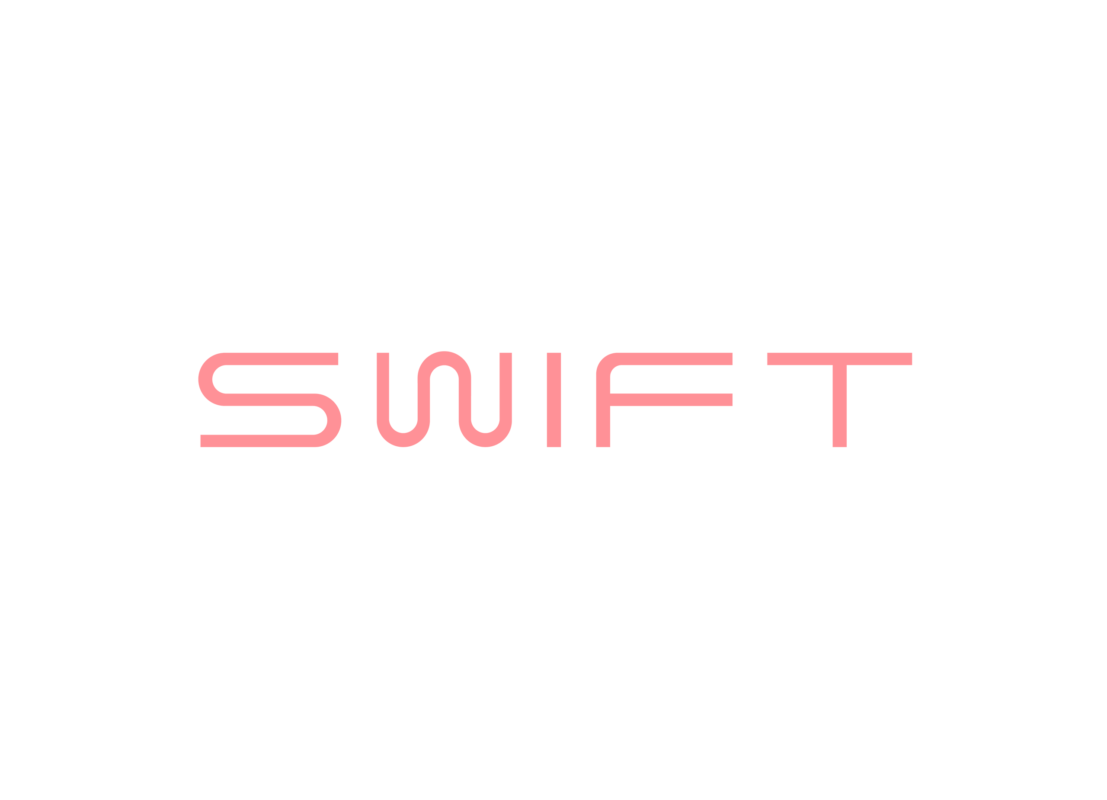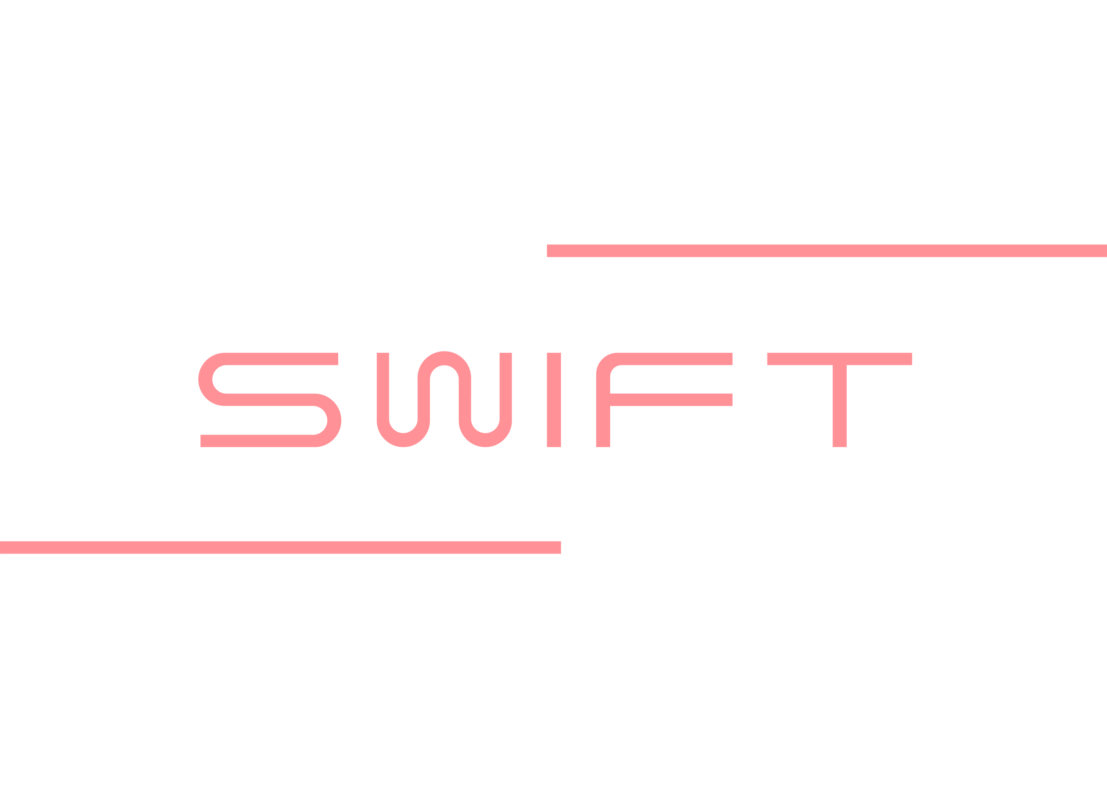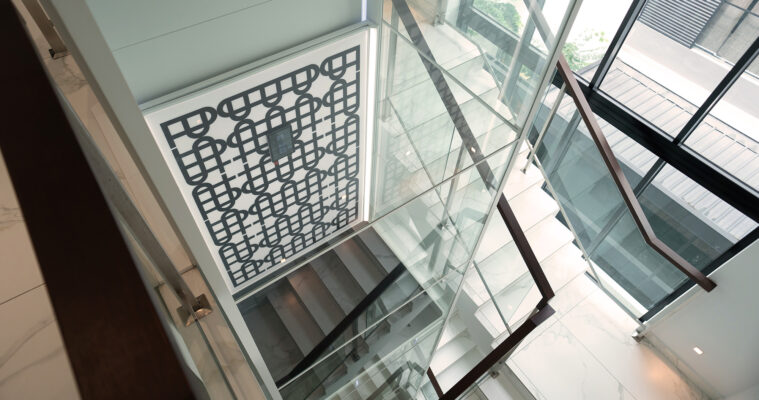
Home lift prices in Australia vary by various parameters; be it lift technology, number of stops or installation complexity. have become a major point of research for homeowners looking to add convenience, accessibility, and value to their properties. As of late 2025, lift prices typically start near $31,000 for compact designs and can exceed $110,000 for multi-stop, premium models. While location does not drastically affect prices in major cities, individual factors such as technology, installation, customization, and site-specific challenges weigh heavily on the final cost.
6 Parameters of Home Elevator Lift Cost
Home lift pricing is rarely “one-size-fits-all.” Key influences include:
1. Lift Technology:
- Compact and screw-driven lifts are often the entry-level choice, costing $31,000–$40,000 depending on capacity and requirements. These compact systems are designed to fit in small spaces with minimal changes, making them ideal for urban homes with limited room.
- All-electric traction lifts start near $41,950. Renowned for energy efficiency and quiet performance, they suit higher buildings and homes prioritizing low running costs.
- Hydraulic lifts usually cost $45,000–$55,000 and require extra space for a pit and machine room. They are favored in homes that need higher lifting capacity or smooth travel across more floors.
- Pneumatic (vacuum) lifts begin at around $69,000. Their shaftless design is easy to retrofit but these lifts command higher prices due to their advanced technology and design.
2. Number of Stops / Storey Height:
Each additional stop elevates costs by $5,000–$10,000, as more materials, wiring, and advanced safety features are needed. For instance, a two-stop system may sit at the base price, but expanding to three or four levels increases both complexity and price.
3. Installation Complexity:
Retrofitting lifts into existing residences leads to added civil works, floor strengthening, shaft construction, and possible electrical upgrades, often costing an additional $3,000–$15,000. In new homes, integrating a lift from the start is generally cheaper and less disruptive.
4. Customization and Features:
Standard models cover base finishes and simple doors. Desirable extras—glass panels, premium flooring, touchscreen interfaces, designer lighting—add $3,000–$20,000 or more to the bill, reflecting both personal taste and property value ambitions.
5. Compliance and Quality Assurance:
Opting for equipment that adheres to strict Australian standards is essential for long-term safety and insurance. Local suppliers only stock models designed around Australia’s regulatory framework, ensuring lasting performance and easier after-sales support.
6. Additional Costs:
Include $1,500–$5,000 for permits, site preparation, and electrical work, plus ongoing service contracts ($1,000–$2,500 per year for most home lifts).
Cost Comparison by Region (Sydney, Melbourne, Brisbane, Perth)
The actual pricing for a home lift is largely stable across major Australian cities. Small differences arise from local labor costs and provider availability, rather than hardware itself.
| City | Typical Price Range (2–3 Stop Lift) | Main Variables | Installation Factors |
| Sydney | $31,000–$75,000+ | Home type, retrofitting costs | Older suburbs = higher complexity |
| Melbourne | $35,000–$89,000+ | Competition, customization | Retrofits in heritage homes costly |
| Brisbane | $31,000–$70,000+ | Labor rates, site conditions | Supplier availability |
| Perth | $35,000–$75,000+ (older figures) | Design, features, access | Modern costs match national average |
Budget Breakdown of Home Elevator Cost
- Lift unit and installation: $31,000–$75,000+ (most standard systems)
- Site and civil works for retrofits: $3,000–$15,000
- Permits and council fees: $1,500–$5,000
- Maintenance: $1,000–$2,500 per year, depending on technology and use
- Customization options: $3,000–$20,000 (if desired)
- Contingency: Allow 20–30% above any base estimate for unexpected site or regulatory issues
Tips to Consider While Evaluating Home Elevator Lift Costs
Careful planning can save both money and time while ensuring that the elevator meets your long-term needs. Here are some practical tips to consider:
- Plan early during construction: Incorporating a lift during a new build can significantly reduce costs compared to retrofitting later.
- Choose the right technology: Match the lift type to your home’s design, usage, and space—compact screw-driven models for smaller homes, traction or hydraulic for multi-story buildings.
- Assess total lifetime costs: Consider energy efficiency, maintenance contracts, and servicing needs, not just the purchase price.
- Prioritize safety and compliance: Ensure the lift meets Australian safety standards for lasting reliability and insurance coverage.
- Budget a contingency margin: Allow for 20–30% extra to handle unforeseen expenses like construction changes or local approvals.
- Work with certified suppliers: Partnering with established providers guarantees better warranty terms, reliable after-sales service, and expert installation.
- Think long-term value: A high-quality lift enhances property worth and supports accessibility for aging occupants or people with mobility challenges.











